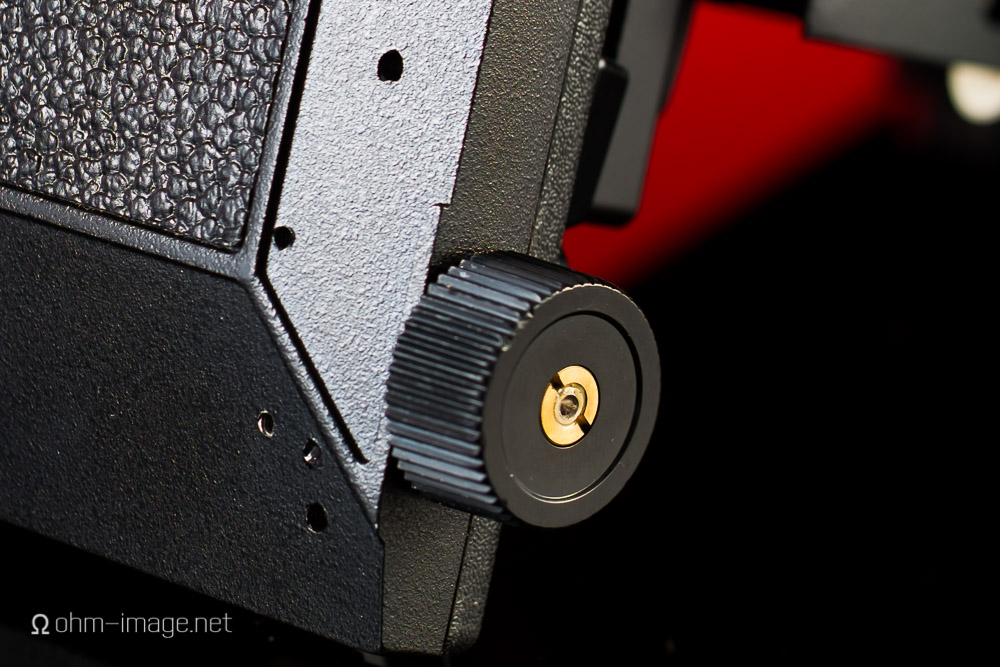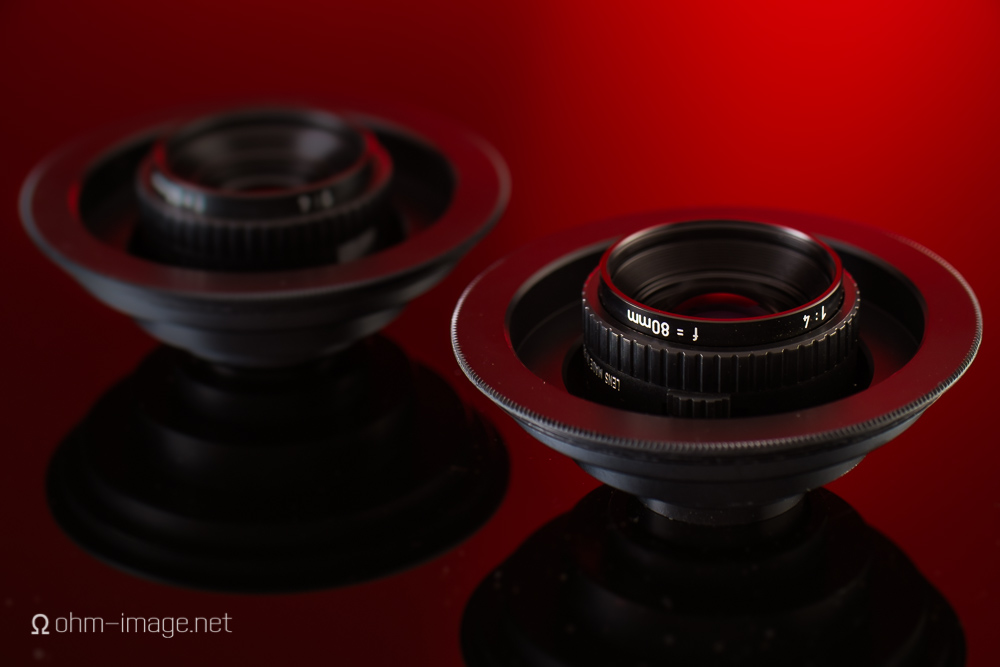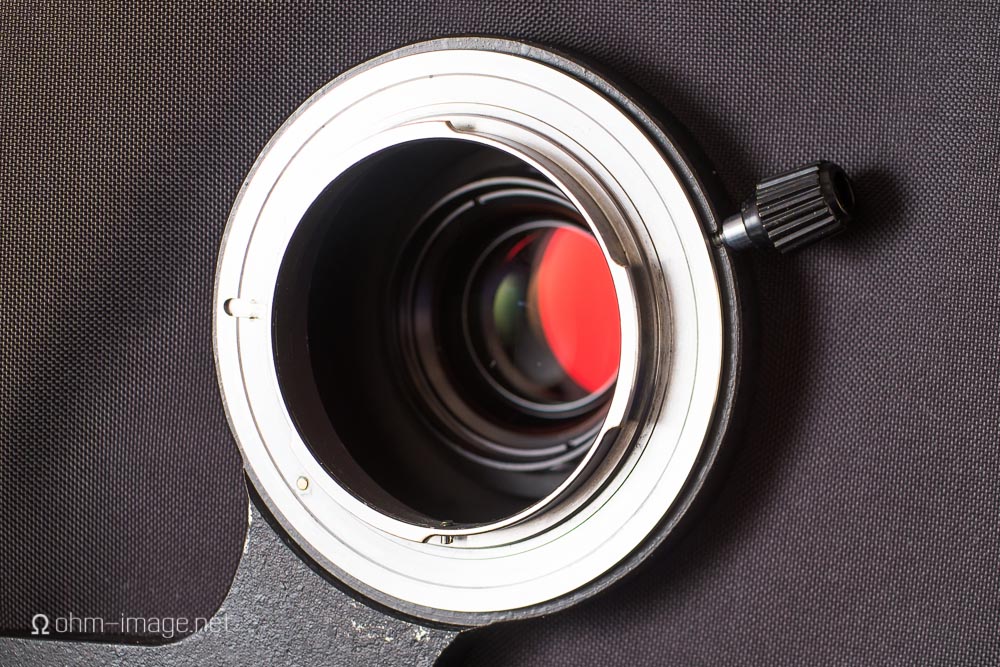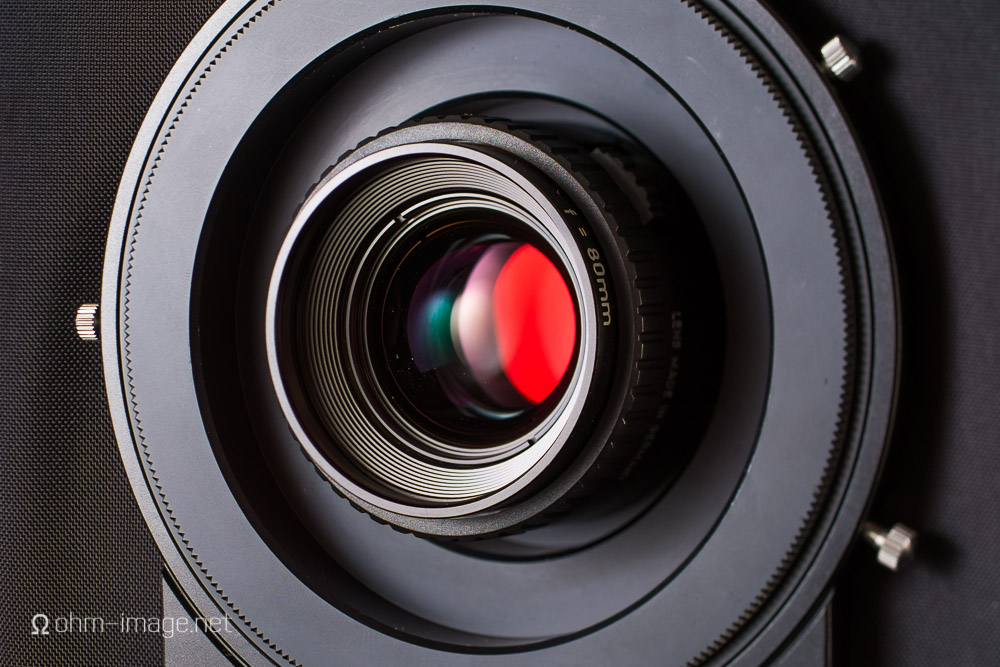My general disdain for hype led me by Kenko’s CP+2014 booth where the Horseman VCC Pro was on display. (Earlier I wrote a relatively useless preview of it when paired with the Fujifilm X-Pro 1.)
Despite its diminutive size, the VCC Pro manages much of what is necessary for a working still life product photographer: tilt, shift, swing, not to mention independent back and lens movements. Its use of light (and inexpensive enlargement lenses) makes it a great option for field photography, and for hiking. Of course, barring the use of medium format backs, super wide-angle enlargement lenses do not exist. Those provisos aside, the VCC Pro certainly is an interesting kit.
spec
- Type: Auxiliary equipment allowing awing, tilt, shift and rise/fall movements when attached to the lens mount of a digital SLR camera.
- Lenses: Rodenstock Rodagon Lenses 60mm~135mm
Hasselblad Lenses, Pentax 645 Lenses, Mamiya 645 Lenses
Large Format Lenses 90mm~210mm
-Track Extension: 72mm
- Minimum Track Extension: 23mm
-Camera Movements:
Lens Standard : [Tilt] : 15°forwards / 10°backwards, [Swing] : 15°each(L/R), [Shift] : 30mm each(L/R)
Back : [Rise/Fall] : 15mm each, [Shift] : 20mm each(L/R)
- Camera Mount: Canon EOS Mount, Nikon F Mount
- Tripod Socket: 1/4 inch
- Dimensions: H230 x W170 x D160mm(Body Only)
- Weight: Body Only : 680g
SLR Adapter : Canon Mount 425g, Nikon Mount 380g
Lens Panel : Rodagon Mount 65g, Pentax Mount 100g, Hasselblad Mount 70g
Adapter Lens Panel for Linhof Standard 170g
Horseman VCC Pro: 2109$
ohmage & porridge: haptics
I shoot with either tilt-shift Nikon lenses, or a 4x5 back and wide-angle bellows. The latter offers better photographic flexibility but comes at the expensive of size and weight. Built on a wide-angle bellows chassis, the VCC Pro offers much of the utility of a proper 4x5 camera but completely sidesteps size/weight concerns.
The rear standard can independently be shifted up to 15mm on y axis, and up to 20mm on the x axis, making it quite useful for optically fixing converting lines. The front standard can be tilted 15 degrees forward and 10 degrees back and swung at 15 degrees both left and right. Of course, usable movements depend largely on the lens used. Lenses wider than 60mm have very little leeway even for 35mm cameras. And not a one comes close to the perspective of Canon’s 17mm T/S.
Lenses over 80mm offer a lot of movement capability for both medium format backs and 35mm cameras like the D800. Even under extreme movement, the 80/4 Rodagon hardly vignets. The 60/4 on the other hand, vignetted readily, and soon. That aside, both lenses performed flawlessly, delivering plenty of resolution to both the Sony A7r and the Fujifilm X-Pro 1.
Unlike tilt-shift lenses, rotating the camera preserves perspective and angles. And, because the entire camera rests on a centre-mounted tripod footing, the VCC Pro spreads its weight far better than even the smallest of tilt shift lenses. Realistically, the VCC Pro requires a less expensive, lighter tripod head than a front-heavy tilt-shift lens. This is because enlargement lenses are tiny. A handful of them and a VCC Pro are far lighter and more compact than similar tilt-shift set ups. Many are as sharp as today’s best tilt-shift lenses, and can be had on the used market for a song. An excellent 50/80~90/135~150 lens setup will set you back around 500$ USD. A similar T/S setup will cost several thousands of dollars and require a more expensive tripod and head.
But the VCC Pro is attended by several large, potentially show-stopping provisos. The first is body rigidity. The VCC Pro is far less rigid than a 4x5 camera. Minor body flexes result in major inadvertent movements at the focal plane. While it stacks up better against tilt-shift lenses, it isn’t capable of holding the position of both front and rear standards when shooting stacked macro photography. Even on a focus rail, the front and rear standards can flex during focusing.
Proper stacked photography should be done on a rail, but in a pinch, the focus ring of a tilt-shift lens works fine. The VCC Pro wholly fails, rendering straight lines wavy and betraying myriad minute movements. Shot wirelessly, cameras or lenses with gentle shutters force few to no focus errors from the VCC Pro. For single shot still life, the VCC Pro is on par, or better than, a tilt-shift lens. But it is far from being a relliable replacement for one.
NOTE:The image below illustrates the problems faced by stack photography. Originally, I had planned on using the VCC Pro to shoot a few simple stacked review images. The result left me blue. The excellent amp below is the excellent Fostex HP-V1, which I reviewed at Headfonia.
This unsharpened image shows both the sharpness the 80/4 Rodagon is capable of as well as the VCC Pro's inability to remain rigid whilst stack focusing via the focus knob.
The other issue is marking. The front standard lacks both degree and distance marks. All movements must be separately measured. Confounding things again, is the VCC Pro’s chassis, which flexes too much. A small brush with a measuring tape can result in numerous changes in focus or camera movements.
The final haptic issue is the mounting arm, which gets in the way when mounting a camera and a radio trigger. Even small radio triggers knock against the arm when the camera is rotated from landscape into portrait mode. Obviously, this limits the VCC Pro’s use in a studio unless the radio is attached via a separate adapter.
porridge: kitsch and finish
At first blush, the VCC Pro is a well-built item. Much of its structure is rigid, and metal. Rear standard controls are precise, well-labelled, and aren’t subject to inadvertent movements. But the mount wobbles more than necessary. Horseman suggest that the VCC Pro can be used with heavy medium format backs and professional-level 35mm digital cameras. It is true that it can support them. But hefting a D800, the rear standard flexes, and the Sony A7r’s violent shutter slap causes minute movement in the chassis. And of course, the radio trigger bumps the mounting arm. In a 4x5 camera, disassembling mounting arms and installing them in reverse order gives clearance for any camera. This cannot be done with the VCC Pro.
Finally, locking screws should be end in angular pinch-heads, not round dials. The focus wheel should be both wider and larger. Both are difficult to use.
porridge
On paper, many of the VCC Pro’s features are praise worthy, especially next to tilt-shift lenses. None of them, however, are executed well enough to recommend this Horseman in their lieu. Chief of all concerns is chassis rigidity. Currently, the VCC Pro can’t hold a candle to the loosest of tilt-shift lenses for ad-hoc macro. Stacking is right out. And buttons and dials are either flimsy, or too small. The VCC Pro is a marvellous idea, but is preposterously implemented. I can recommend it for the hobbyist, or the still life studio that shoots life-size. And, next to a bag of tilt-shift lenses, it offers more flexibility for the hiker. But for its asking price, it is too much of an expensive toy, and not reliable enough for even my simple uses.
NOTE: all images of the VCC Pro were shot with the X-Pro 1 and Nikkor 85/2,8 ED PC Micro lens.






